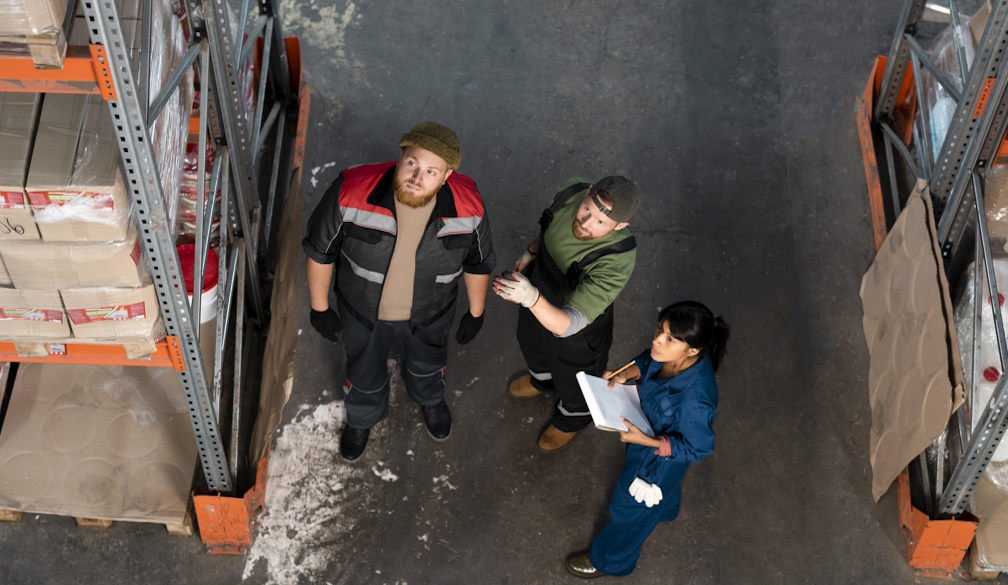Why it’s Important to Inspect Cantilever Racking Regularly

Cantilever racking plays a crucial role in warehouses, factories and distribution centres across Australia. As an adaptable storage solution for long, bulky or irregularly shaped items, cantilever racking is a mainstay in many industrial environments. However, the benefits of this system can only be fully realised if the racking is maintained and inspected regularly. This article will detail why routine inspections of cantilever racking are essential for safety, compliance and operational efficiency.
Ensuring Workplace Safety
The most important reason to inspect cantilever racking regularly is to safeguard the wellbeing of employees and visitors. Over time, racking systems can develop faults due to accidental impacts from forklifts, improper loading or general wear and tear. Even minor structural damage can compromise the integrity of the entire system, increasing the risk of collapse or falling loads. By carrying out regular inspections, facility managers can identify and address these issues before they escalate into serious incidents.
Maintaining Compliance with Australian Standards
Australian workplaces are governed by strict regulations regarding storage systems. The AS 4084 standard, which covers steel storage racking, outlines specific requirements for the installation, maintenance and inspection of racking systems, including cantilever racking. Regular inspections help ensure that your facility remains compliant with these regulations, reducing the risk of legal penalties and insurance complications. Documentation of inspection routines can also be invaluable in demonstrating due diligence during audits or investigations.
Extending the Lifespan of Cantilever Racking
Like any significant capital investment, cantilever racking requires ongoing care to maximise its lifespan. Inspections allow you to detect early signs of corrosion, loose bolts, misaligned arms or other structural issues. Timely repairs and preventative maintenance can help you avoid costly replacements and ensure that your racking continues to perform reliably for years to come. This proactive approach also minimises disruptions to operations caused by unexpected equipment failures.
Enhancing Operational Efficiency
A well-maintained cantilever racking system contributes to a more organised and efficient workplace. Regular inspections ensure that racks are correctly labelled, loads are evenly distributed and any obstructions or hazards are swiftly removed. This attention to detail streamlines inventory management, reduces the likelihood of picking errors and supports a smooth workflow throughout the facility. In the long run, operational efficiency translates to cost savings and improved customer satisfaction.
Early Detection of Hidden Issues
Some faults in cantilever racking may not be immediately visible to the untrained eye. Regular systematic inspections, ideally conducted by trained professionals, can uncover hidden issues such as microfractures, internal rust or subtle deformations. Addressing these problems early prevents them from developing into major safety hazards or causing unplanned downtime.
Creating a Culture of Safety & Responsibility
Routine inspections send a clear message to staff that safety is a priority. When employees see that management is committed to maintaining cantilever racking and other equipment, they’re more likely to follow safe work practices themselves. This culture of vigilance and accountability can reduce workplace accidents and improve morale across the organisation.
Conclusion
Regular inspection of cantilever racking is not just a regulatory obligation, but a best practice for any business that values safety, efficiency and long-term asset performance. By making inspections a core part of your facility management strategy, you can protect your people, your products and your reputation.

